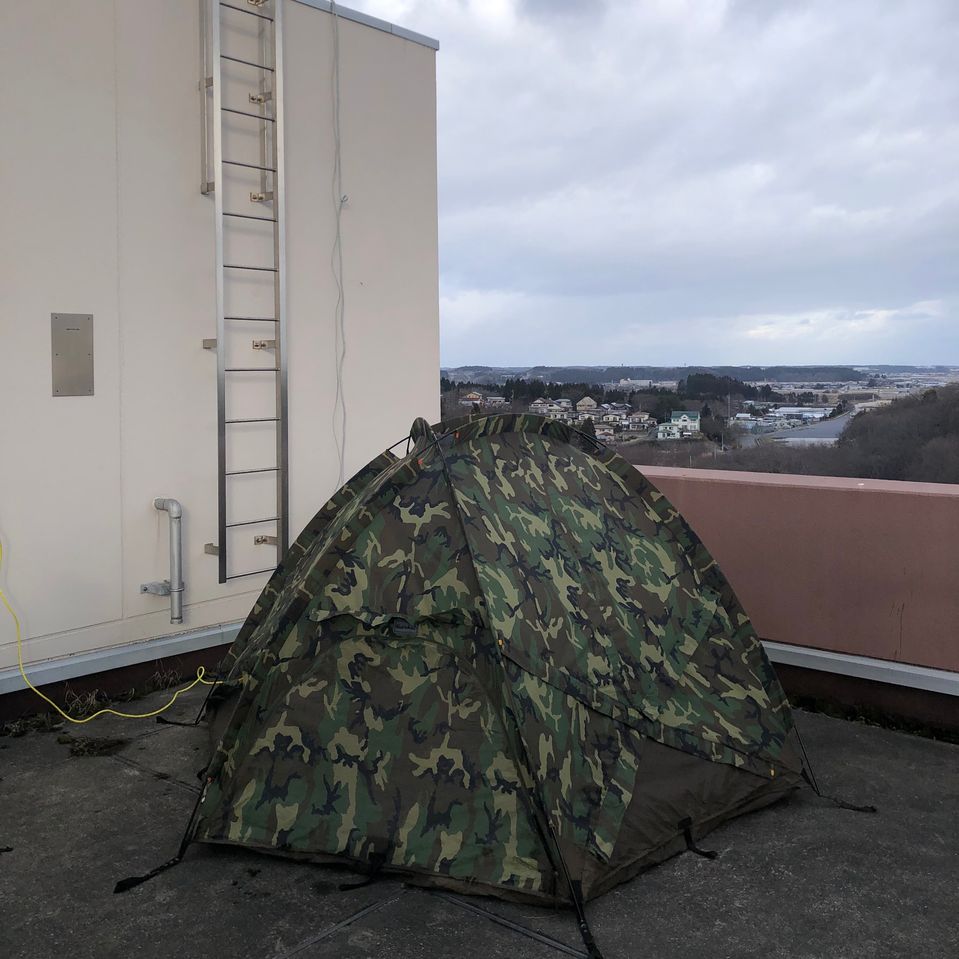The two allies are staging joint exercises to prepare for regional conflict that could spill over from Chinese aggression.
This article was originally published by the Wall Street Journal.
HACHINOHE, Japan—It was the kind of exercise the U.S. or Japan would typically tackle by itself. On this December morning, the two countries’ soldiers were in a camouflaged tent together, practicing using the planes of one and the missile launchers of another to attack an imaginary ship of an unnamed country that might have been China.
In a forest along the coast of northern Japan, nearly two dozen U.S. Marines and Japanese soldiers hunched over maps and laptops. A message flashed on a secure Marines webpage: “Stdby for engagement.”
These were the first joint drills between the Marines and Japan’s Self-Defense Forces that practiced destroying maritime targets using surface-to-ship missiles, controlled by Japanese and American officers working alongside each other to direct missiles, aircraft, ships and radar from both sides.

PHOTO: ALASTAIR GALE/THE WALL STREET JOURNAL
“In the Indo-Pacific region you’re talking about huge distances,” said Maj. Ben Reading, the officer coordinating the simulated missile strikes for the Marines. “We have to fight together with our allies with all the assets that we can bring to bear.”
Concerns about regional conflict, most significantly if China follows through on threats to seize Taiwan, are driving the U.S. and Japanese militaries to deepen their integration.
More broadly, American allies and friends in the Asia-Pacific region are playing a larger role in deterring Beijing. Australia is building up its defenses by spending more than $180 billion on high-tech defense programs, including long-range missiles, and acquiring nuclear-powered submarines that use U.S. technology, while Taiwan plans to increase military spending over the next five years on missiles, ships and other items.
To read more, please click here.
Alastair Gale writes and edits coverage of Japan for The Wall Street Journal from Tokyo. He has worked for the company in Asia since 1999, including serving as Korea Bureau Chief from 2011 to 2016.


